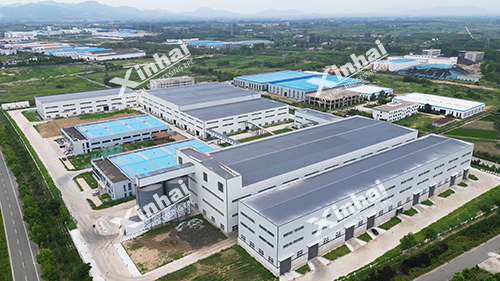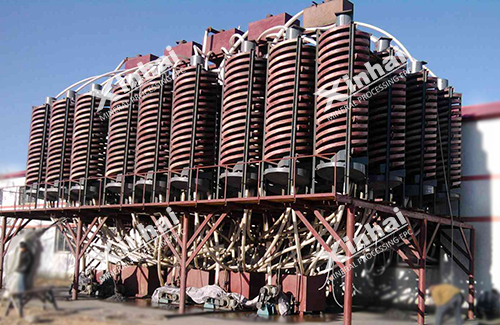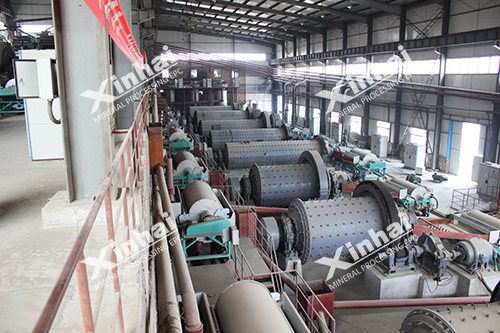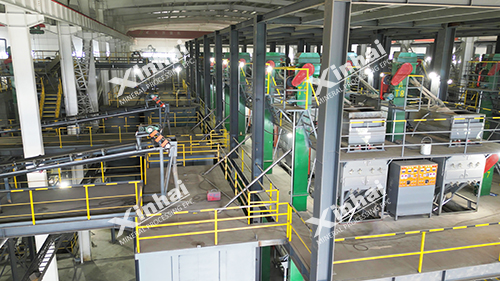
Recent industry reports from the International Titanium Association reveal a pivotal moment in global titanium markets. With Ukraine's strategic suspension of titanium ore exports creating a 50,000-ton monthly supply gap, coupled with China's Pangang Group achieving 60,000-ton annual sponge titanium production capacity through patented smelting processes, operational efficiency in mineral processing has become critical. Industry analysts at Wood Mackenzie confirm operations employing advanced beneficiation circuits now achieve 18-22% higher margins compared to conventional methods.
As aerospace manufacturers increasingly adopt titanium alloys for next-generation aircraft frames, demand for high-purity concentrates intensifies. Successful beneficiation requires addressing the unique mineralogical characteristics of primary titanium sources:
Ilmenite (FeTiO₃): Requires multi-stage magnetic separation
Rutile (TiO₂): Benefits from electrostatic concentration
Leucoxene (Ti-rich alteration product): Needs tailored gravity-flotation circuits
Field data from Australian mineral processing plants shows optimal recovery occurs when particle size distribution maintains 80% passing 75μm.

Modern spiral concentrators now feature adjustable pitch controls (12:1 to 20:1 ratios) and automated bed density sensors. Pilbara operations report 92% ilmenite recovery using enhanced centrifugal separators with 60G-force capabilities.
Technical Specifications:
Spiral trough angles: 9°-15° adjustable
Feed density range: 25-35% solids by weight
Capacity: 5-7t/h per unit

The latest SLon vertical ring pulsating HGMS units achieve 1.2T field strength with 200Hz pulsation frequency. South African operations utilizing these systems increased TiO₂ recovery from beach sands by 19% year-over-year.
Operational Protocol:
Primary LIMS (0.4T) removes ferromagnetic impurities
Secondary WHIMS (0.8T) recovers paramagnetic fractions
Tertiary HGMS (1.2T) final concentration

Rotary triboelectric separators now achieve 98% purity levels for rutile concentrates. The patented CARPO system (Charged Air Rapid Particle Orientation) reduces quartz contamination by 40% through controlled ionization chambers.
XRT intelligent sorters use dual-energy X-ray transmission to achieve 95% detection accuracy for titanium-bearing particles. Installed at Mozambique's heavy mineral sands operation, this technology reduced processing costs by $3.50/ton.
HRC™ series HPGR units reduce energy consumption by 35% compared to ball mills in comminution circuits. Particle size distribution analysis shows 80% of HPGR-processed material requires no secondary grinding.

TankCell® flotation units with next-gen froth cameras achieve 92% ilmenite recovery through:
Adaptive air flow control (2-5m³/min per cell)
Smart reagent dosing (0.5-2.0kg/ton optimization)
Real-time grade analysis via XRF sensors

Processing 1.2Mtpa of imported coastal sands, this facility combines:
Attrition scrubbers with 75kW drives for clay removal
Three-stage magnetic separation trains
Electrostatic separation achieving 99.2% conductive mineral recovery
Output Specifications:
Ilmenite: 56% TiO₂ ±0.5% consistency
Zircon: 66% ZrO₂ with <1.5% Hf content
Utilizing modular processing plants, this operation achieved:
89% overall recovery rate
22% reduction in water consumption
15% increase in TiO₂ grade through microwave pretreatment

Implement machine learning algorithms for real-time density control (±0.05g/cm³)
Install inline X-ray analyzers for continuous grade monitoring
Adopt high-efficiency thickeners reducing tailings moisture to <15%
Modern plants recover:
Garnet (85-92% Almandine content) for abrasive markets
Monazite (8-12% REE content) for rare earth extraction
Staurolite for precision casting applications
Zero-liquid-discharge water systems with reverse osmosis
Solar hybrid power plants reducing grid dependence by 40%
AI-powered predictive maintenance reducing downtime 30%
CRU International forecasts titanium feedstock demand growth at 5.8% CAGR through 2030. Operations implementing the following will lead market penetration:
Digital twin process simulations
Hydrogen-based reduction technologies
Blockchain-enabled material tracing
For mineral processors seeking technical consultation, Xinhai Mining's EPCM team offers plant audits and circuit optimization services validated by 500+ successful global projects.
Explore advanced lithium ore processing methods, including hard rock and brine extraction, to optimize lithium recovery for EVs and renewable energy. Learn key techniques and innovations.
Understand the copper flotation process for upgrading low-grade ore, including key steps, important reagents, and guidelines to maximize copper recovery.
